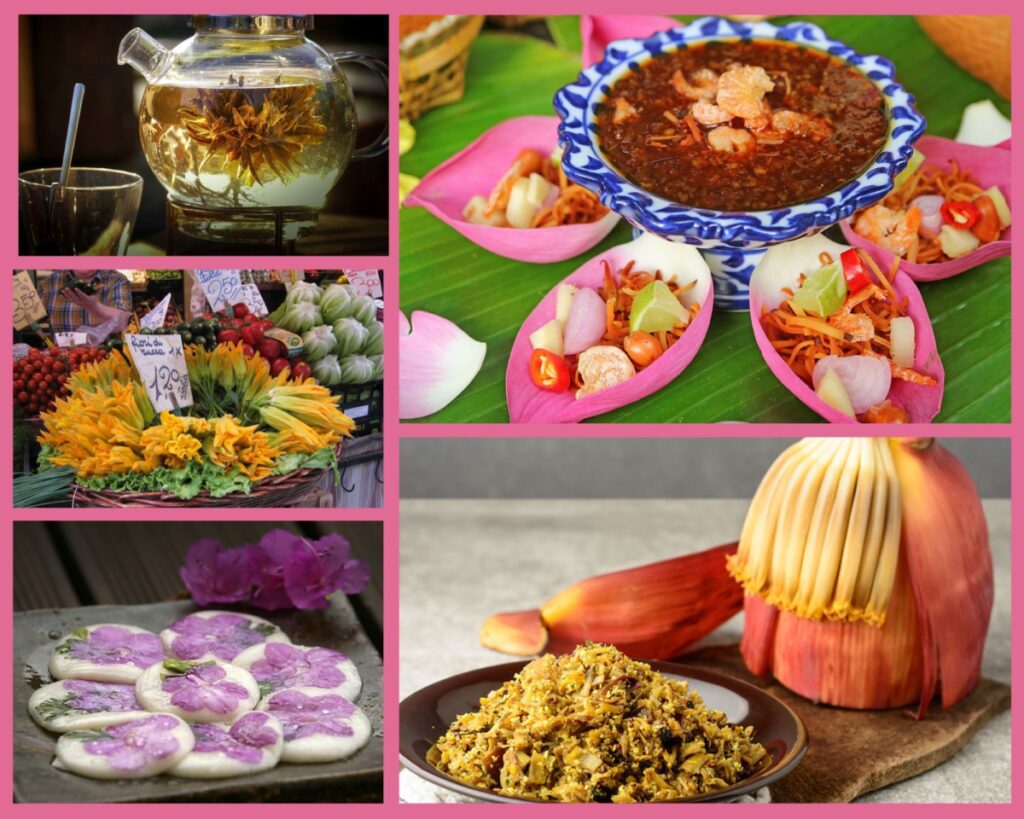Throughout history, flowers have been part of our culinary traditions. From Ancient Rome to the Incan Andes, Pharaonic Egypt to pre-Qin China, and Medieval Persia to Victorian England, people have long recognised their value both as decoration and as an ingredient.
The Romans used violets to decorate their salads, but also to prepare jams and season meat dishes. Emperor Charlemagne loved his wine with a splash of carnation water. Rose-infused waters were used in Persia to scent food. Medieval monks called the calendula “Pot Marigold” and used it in their soups. In Mesoamerica, the Mayas ate boiled date palm flowers wrapped in egg. Chinese herbalists since the Song Dynasty have recommended eating chrysanthemum to treat inflammations and the Celts fed soldiers with borage, believing it would instil courage in them.
Today, flowers are still cooked and eaten around the world. While many associate them with hipster cafes and Instagrammable food decorations, experts believe flowers are actually a future food: a great source of vitamins and proteins, and an important resource in times of famine and environmental disasters. They are also a central part of many religious and cultural rituals.
Here are some examples of how flowers are consumed around the world.
Flower pancakes (Korea)
Edible flowers in Korea are called sygyong-kkot and are an important part of holiday celebrations. A traditional dish in the country is hwajeon, which translates to “flower pancake”. During the Koryo dynasty, women would celebrate the beginning of spring with picnics. They would bring a big pan with them and use it to cook these glutinous rice flour pancakes with the addition of freshly picked petals, usually rhododendrons.
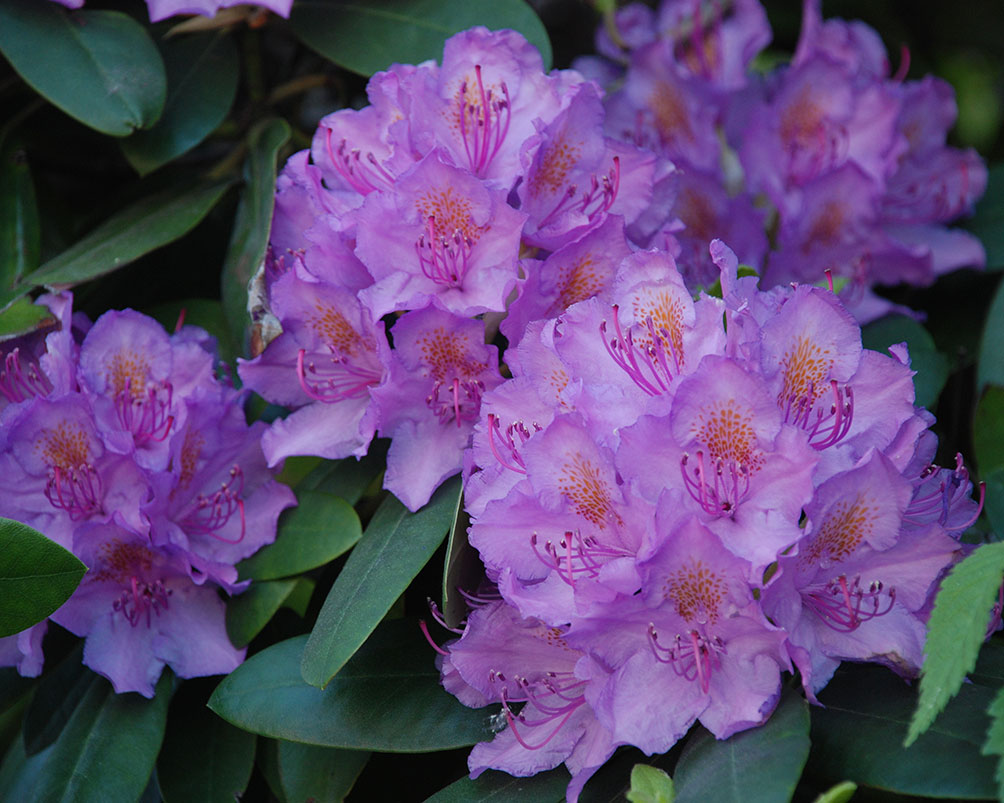
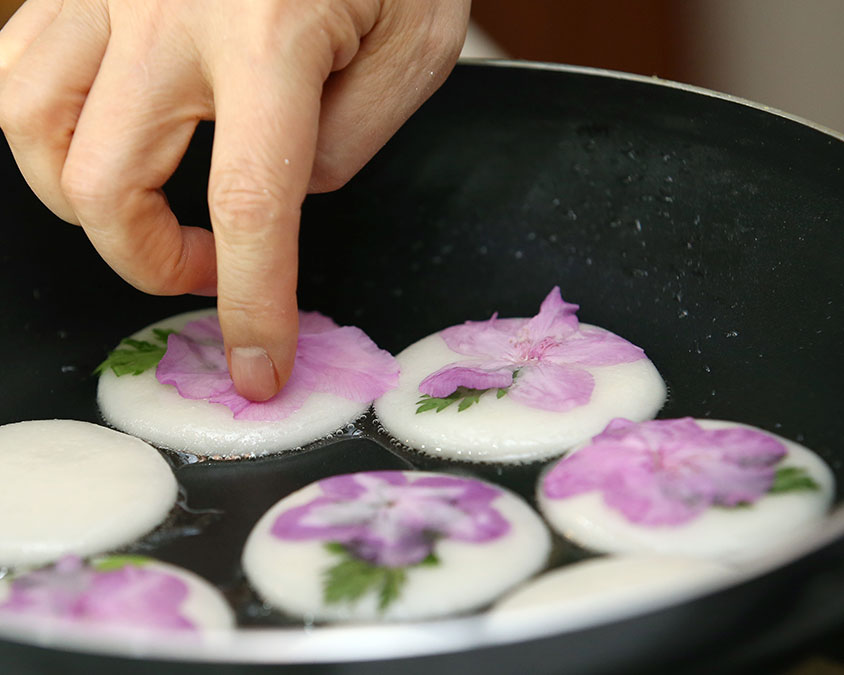

Sakura Mochi (Japan)
Sakura is the Japanese name for cherry blossoms, the country’s national flower. Its tree, the Prunus, blossoms around the end of March. This is a time of nationwide celebrations, hanami (flower viewing) and picnics. During the blooming season, sakura petals are also an important part of Japanese cuisine and sakura-shaped or sakura-flavoured snacks, sweets and drinks are added to restaurants’ menus and sold in shops across the country. Sakura Mochi is one of these seasonal foods – a sweet rice cake filled with red bean paste, wrapped in a pickled sakura leaf and decorated with sakura blossoms.

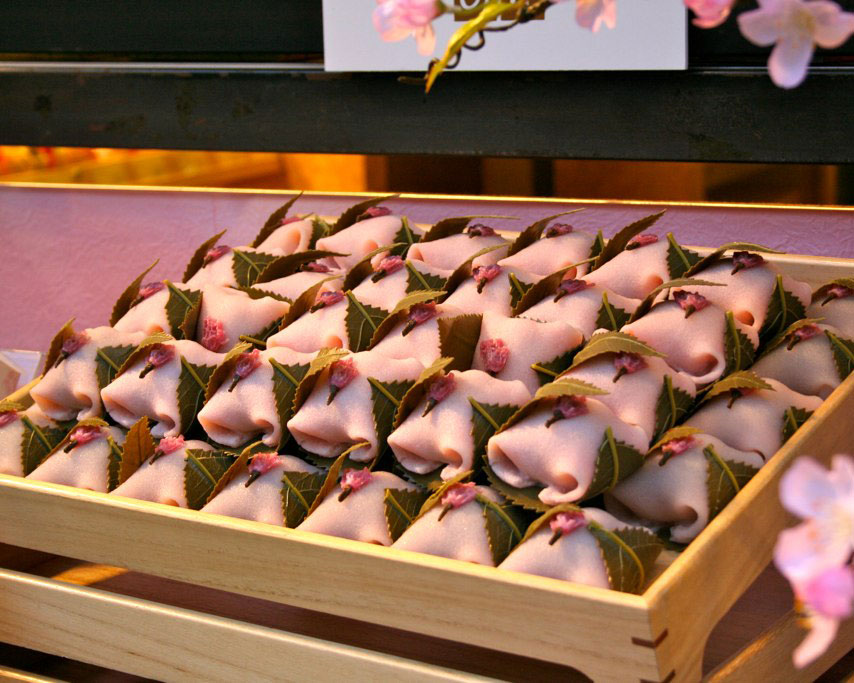

Miang Kham (Thailand)
Miang Kham is a Thai cultural institution. Introduced by King Rama V in the 19th century, this mouth-sized snack consisting of a petal of lotus wrapped around a mixture of peanuts, shredded coconut, shallots, ginger and dried shrimps, has been recently added to the National Cultural heritage list. Thai people believe the combination of sweet, salty, spicy and sour flavours reflects the balance between the four elements of the body. Lotus flowers also have an important place in Buddhism, the national religion.

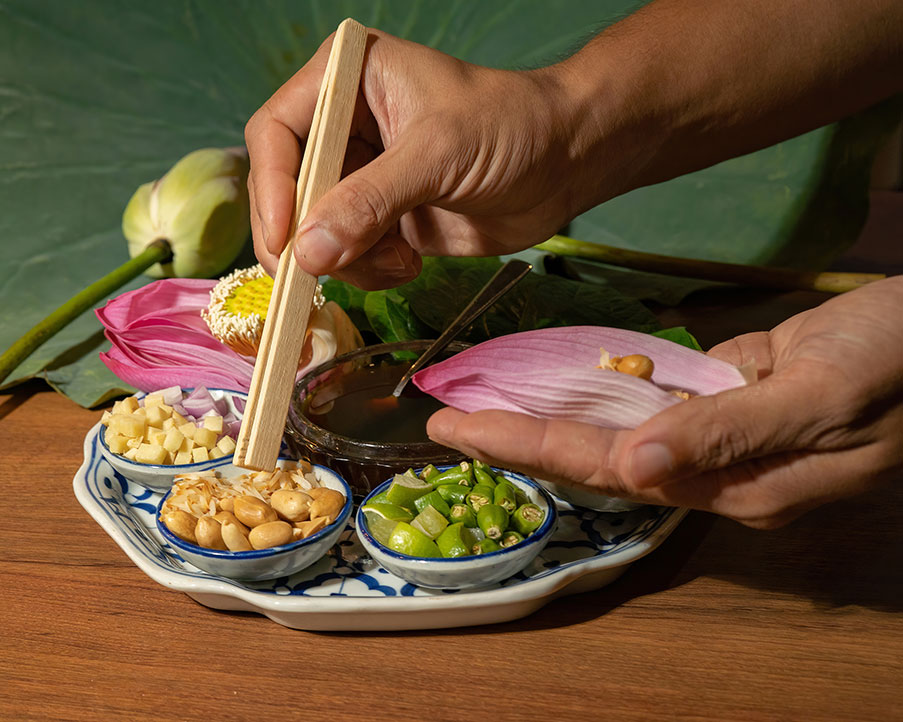
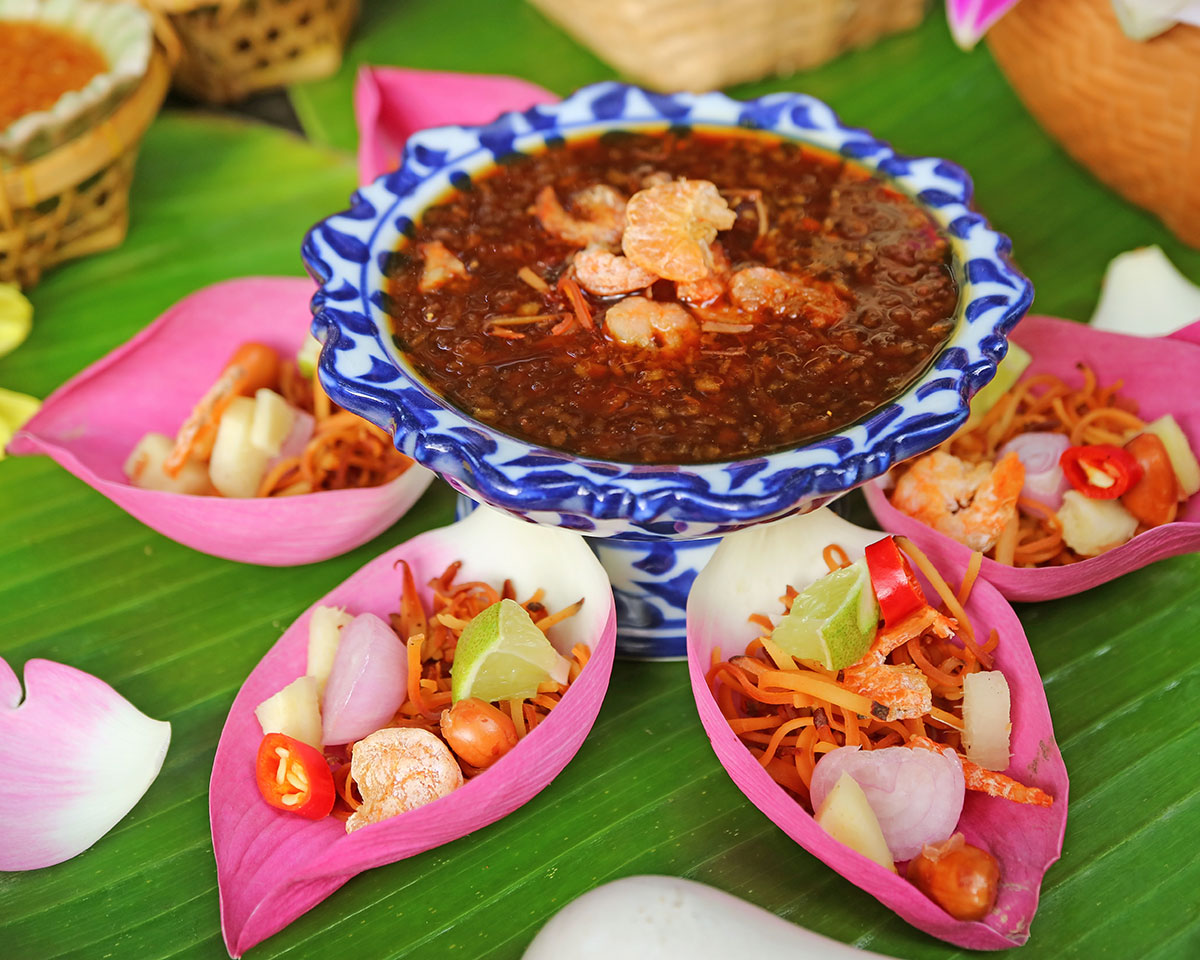
Chrysanthemum tea (China)
Chinese medicine has long praised chrysanthemum as the king of flowers. Chrysanthemums are used in traditional medicine to treat hypertension, headaches and inflammations, as well as in floral arrangements and traditional rituals. A symbol of positivity and peace whose flavour is reminiscent of chamomile, this edible flower is used to brew tea. Chrysanthemum tea is a staple in Chinese tea rooms and is believed to have calming effects, both for the mind and the body.

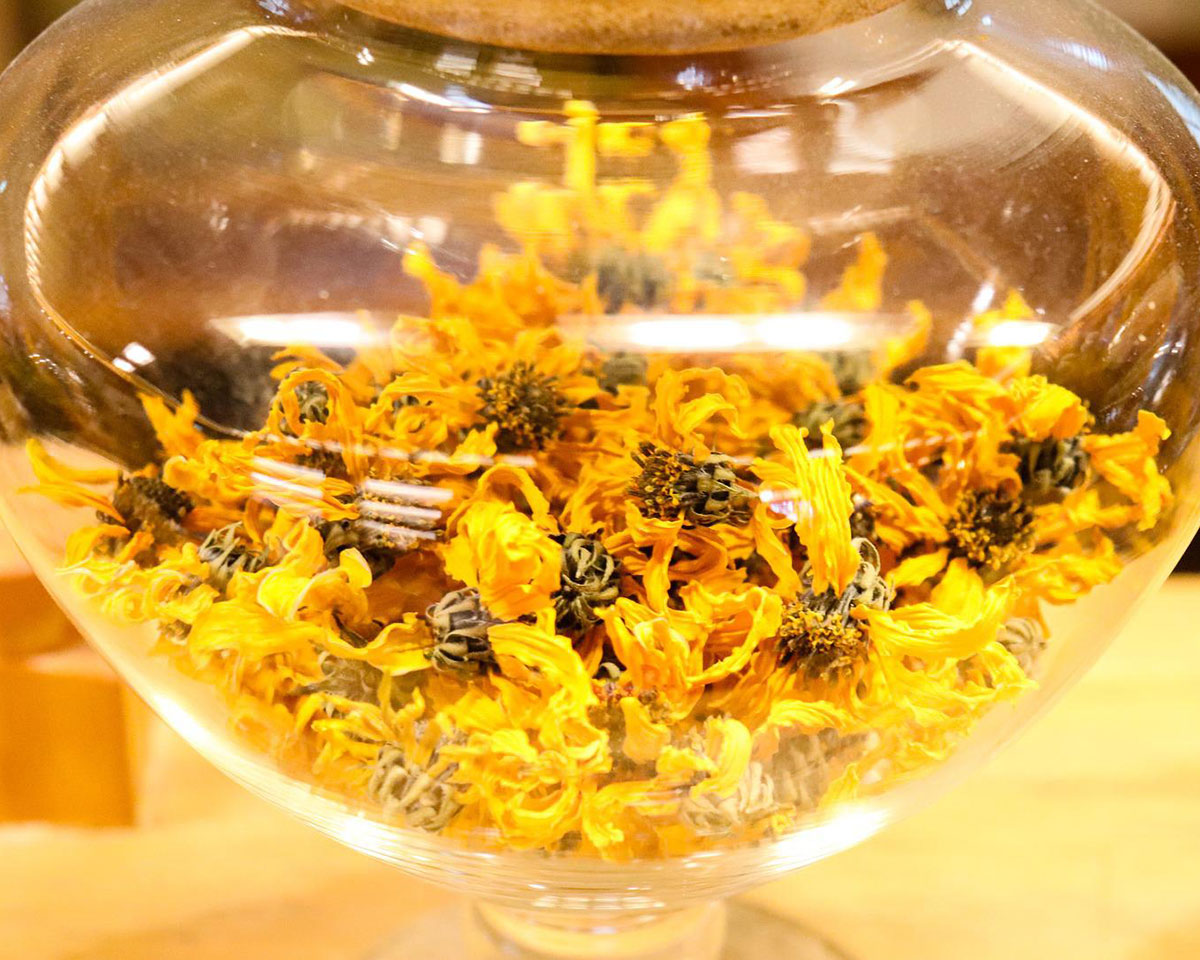

Vazhaipoo Poriyal (India)
Banana blossoms are a common ingredient across South-East Asia and an important source of potassium and proteins. Banana flowers are stir-fried with onions, green chillies, curry leaves and mustard seeds to prepare vazhaipoo poriyal, a popular dish in the Southern Indian states of Kerala and Tamil Nadu. Poriyal is usually eaten with rice and can be served in a banana blossom or on a banana leaf.
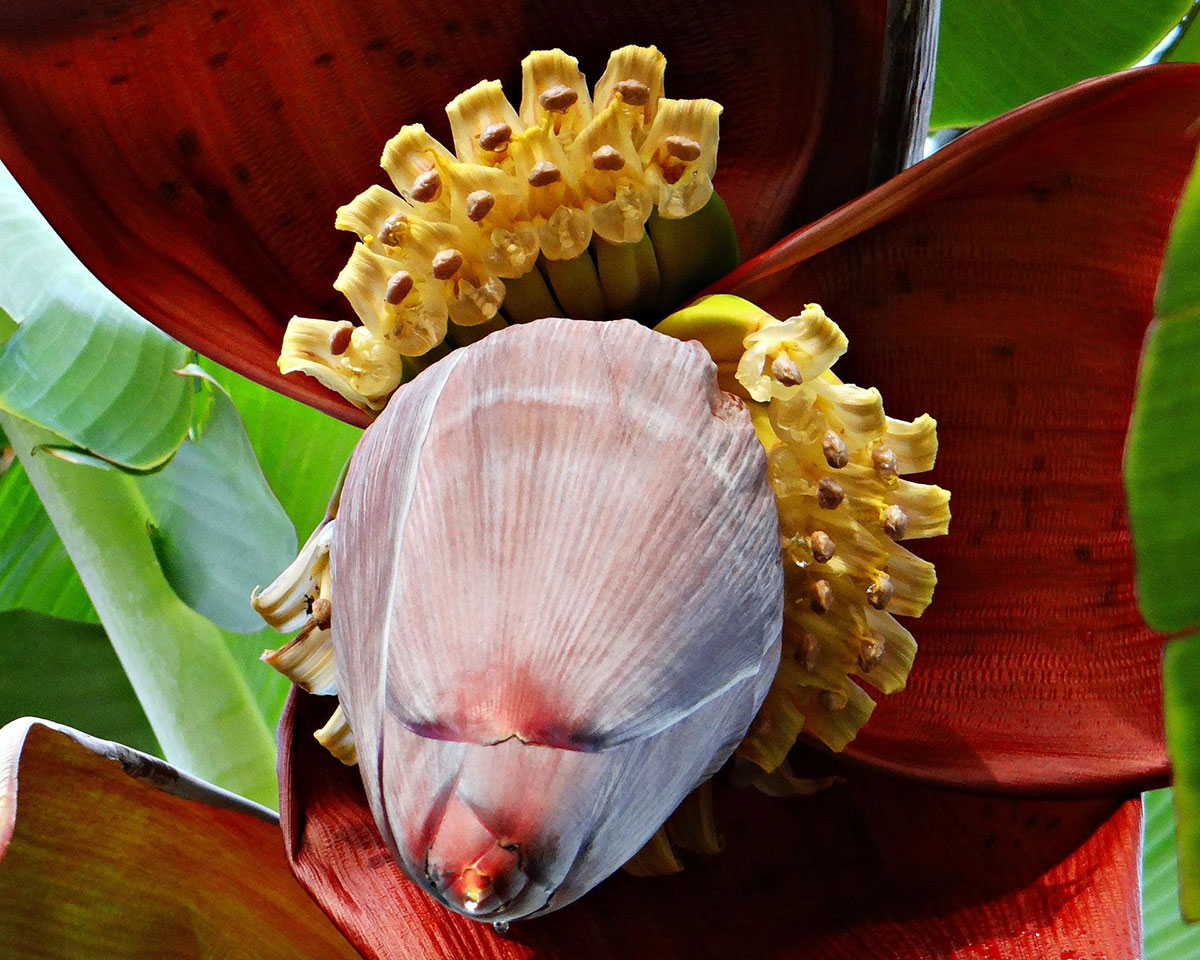
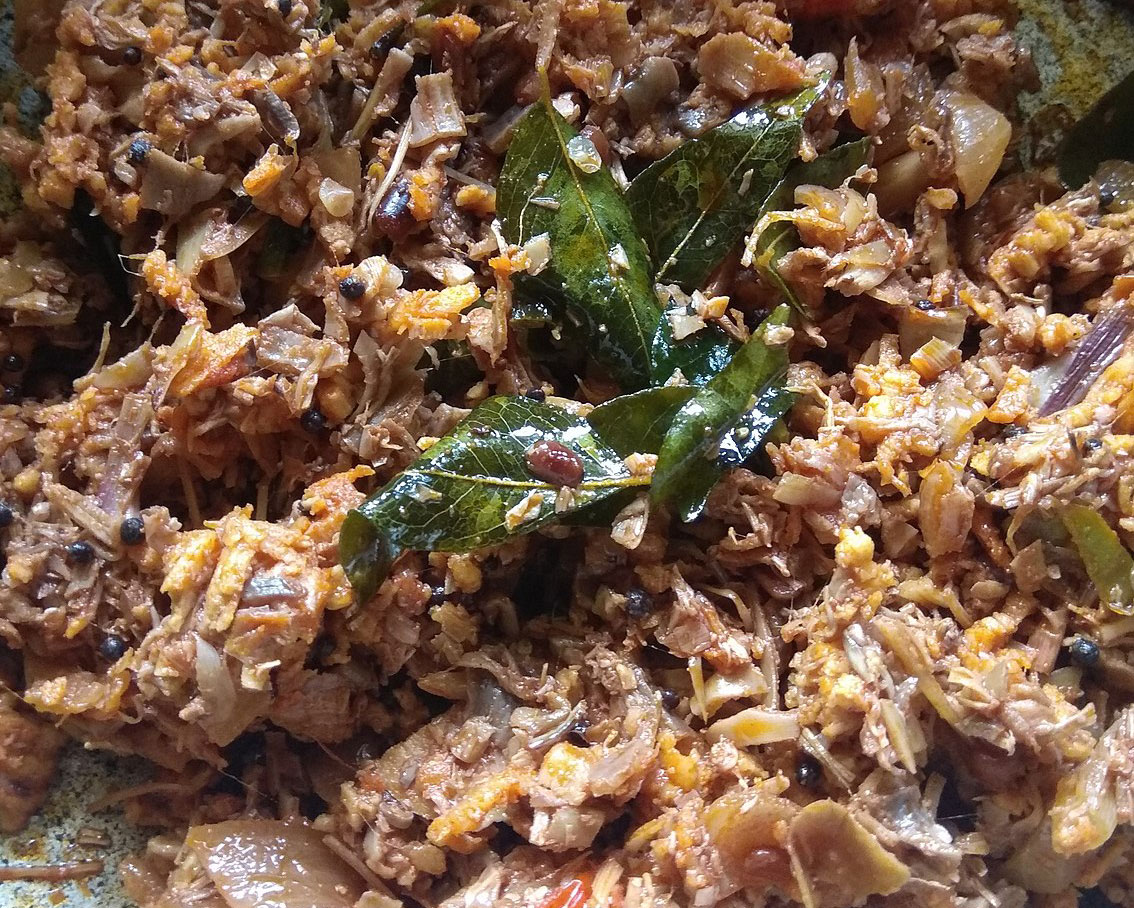
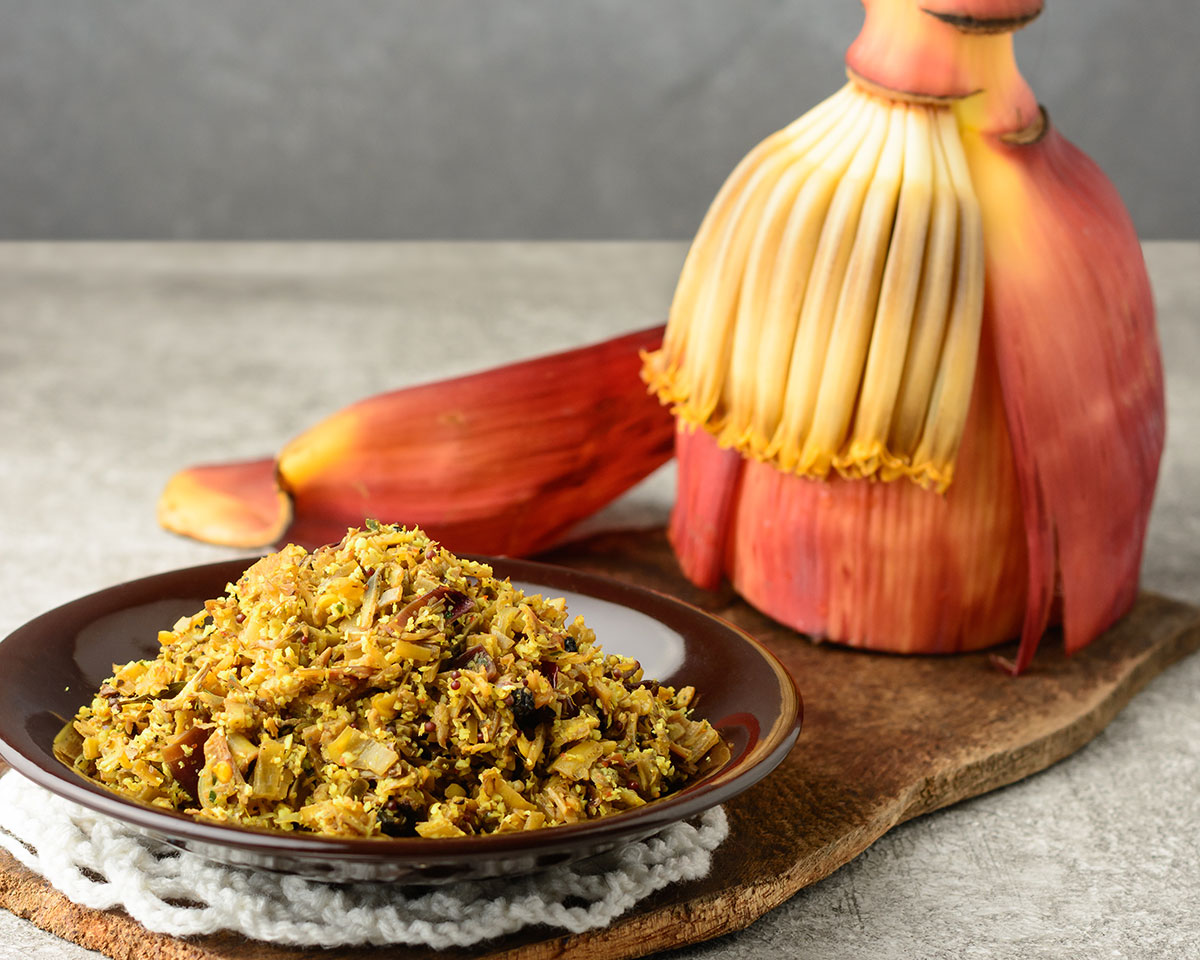
Rose Lokum (Turkey)
Turkish delight – known as lokum in Arabic – is one of the oldest sweets worldwide and probably one of the most famous Turkish delicacies. The story of these cube-shaped confections, made with gelatinised starch and refined sugars, goes back to the Ottoman court of Sultan Abdul Amid I. It is believed that the Sultan gathered some of the best confectioners at court to create a unique sweet for his wives and mistresses. Bekir Efendir, a confectioner from Anatolia, came up with the recipe for what was later renamed lokum (‘throat comfort’). One of the nation’s favourite lokum flavours is pistachio and rose, made with rose water and adorned with the flower’s petals.
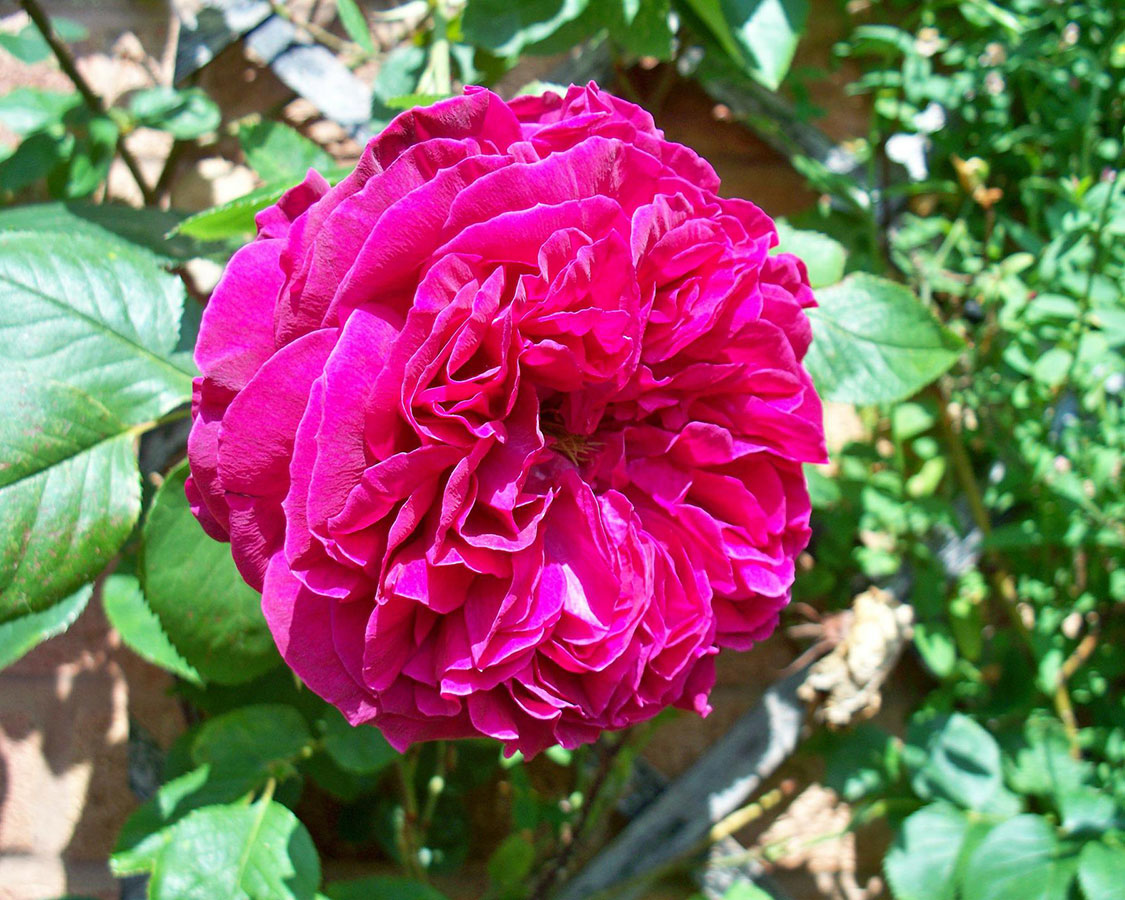
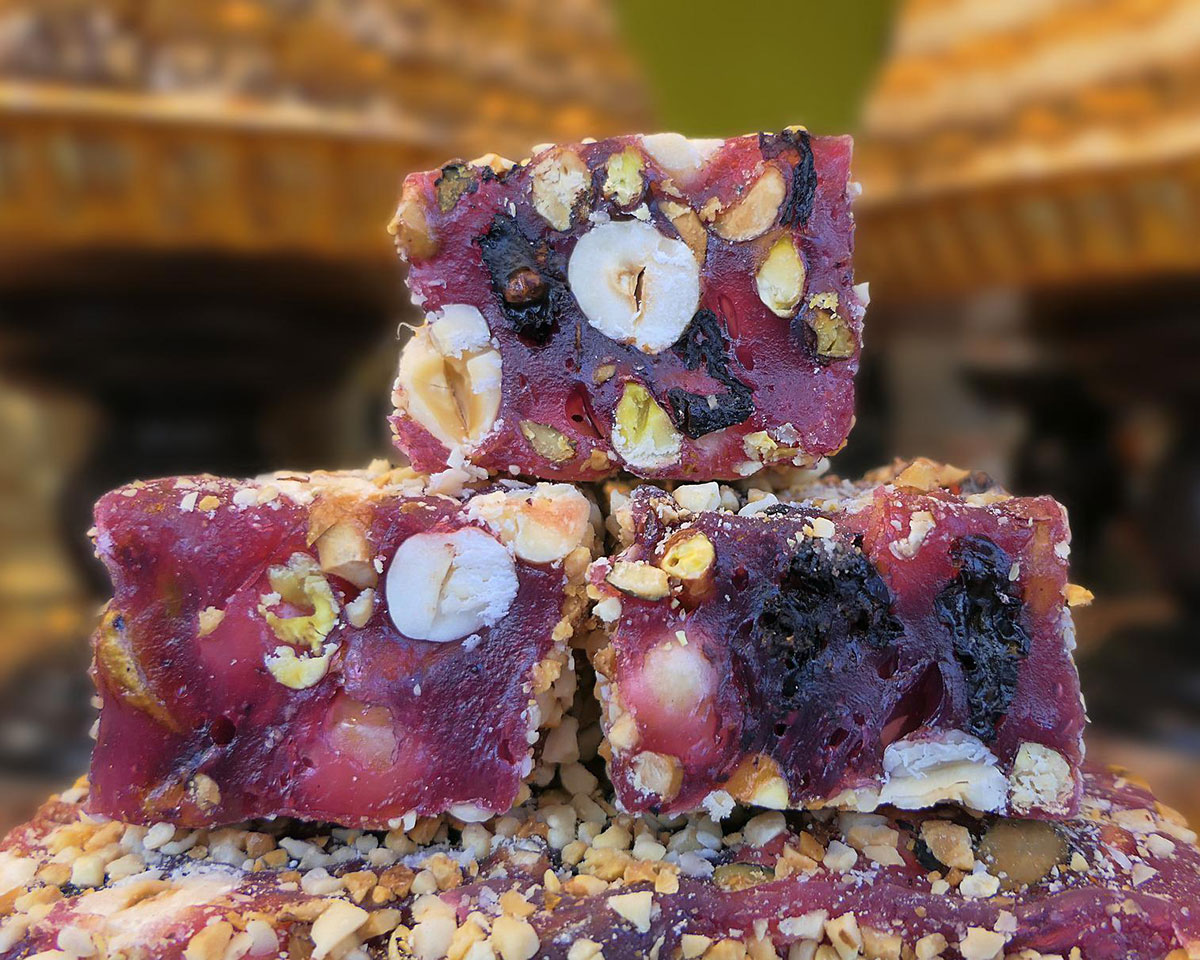
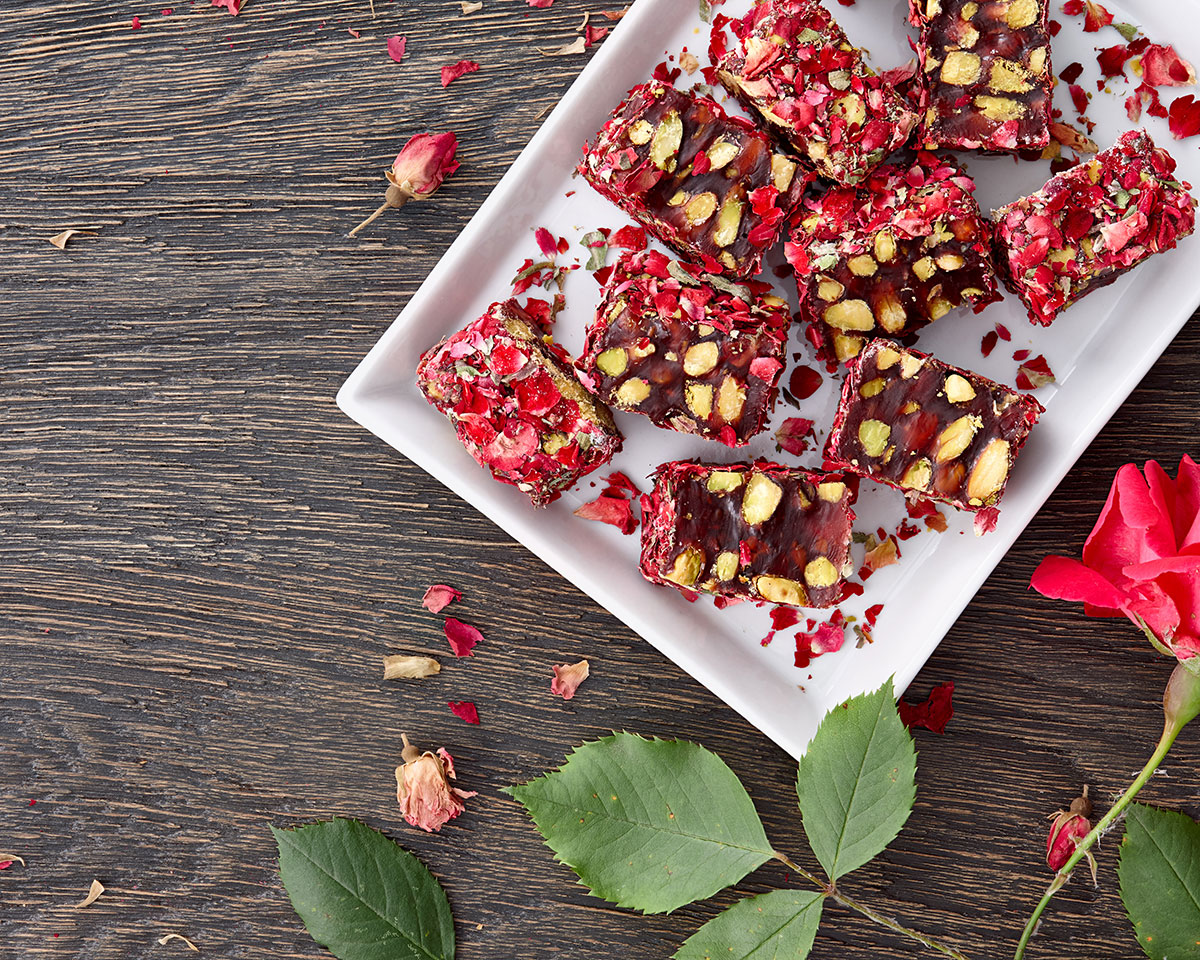
Rose Mehelabeya (Egypt)
Another sweet that uses rose water is mehalabeya, a milk pudding popular across the Middle East, with a slightly different recipe and name depending on the region. The main ingredient is milk, made thicker by adding rice flour or corn starch. Sometimes, cream is added for consistency, while rose and orange blossom waters contribute to the aroma. The pudding is then topped with rose syrup, the national ingredient of celebrations and caramelised pistachios. Despite being available in most local restaurants, this traditional sweet is usually sold in coffee shops and street food stalls.
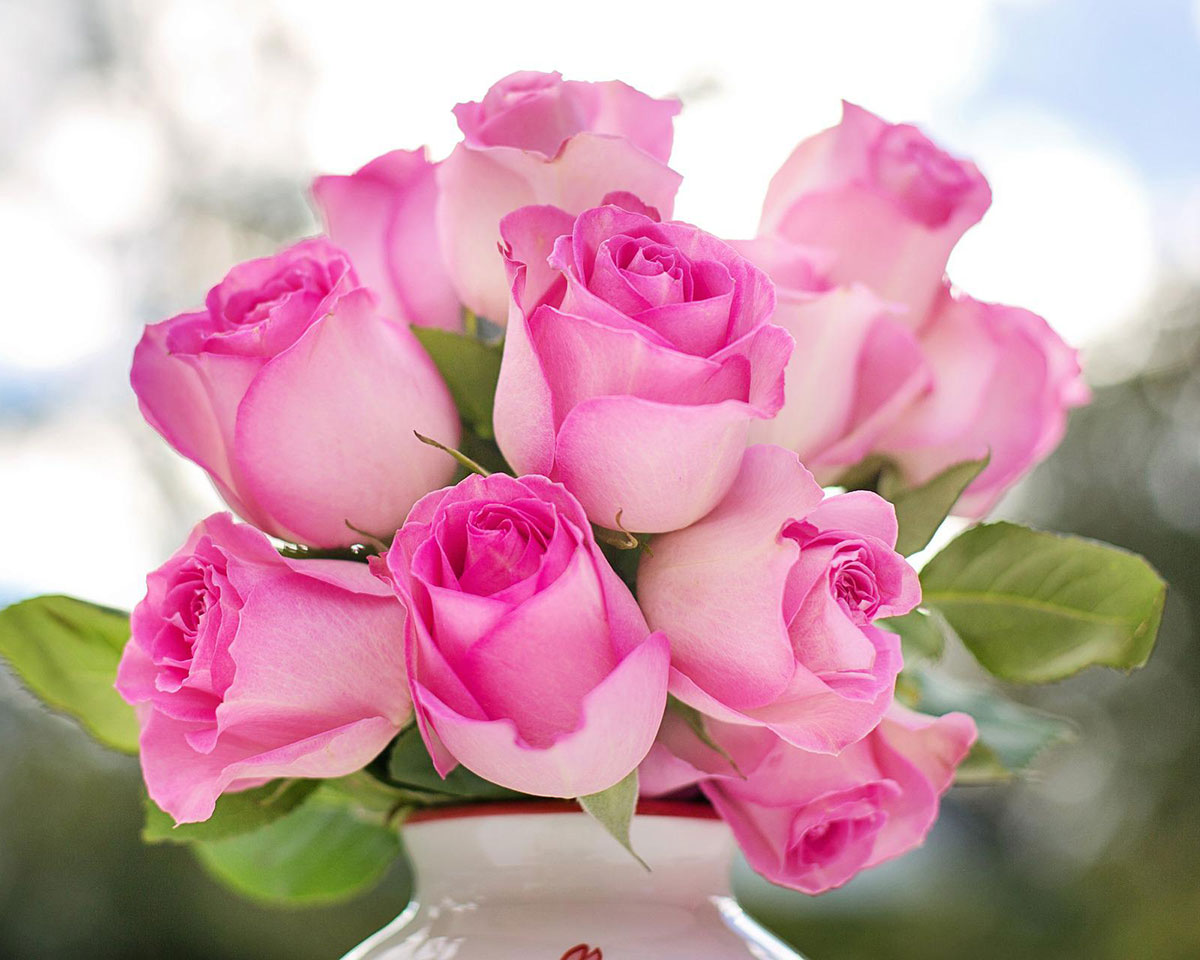
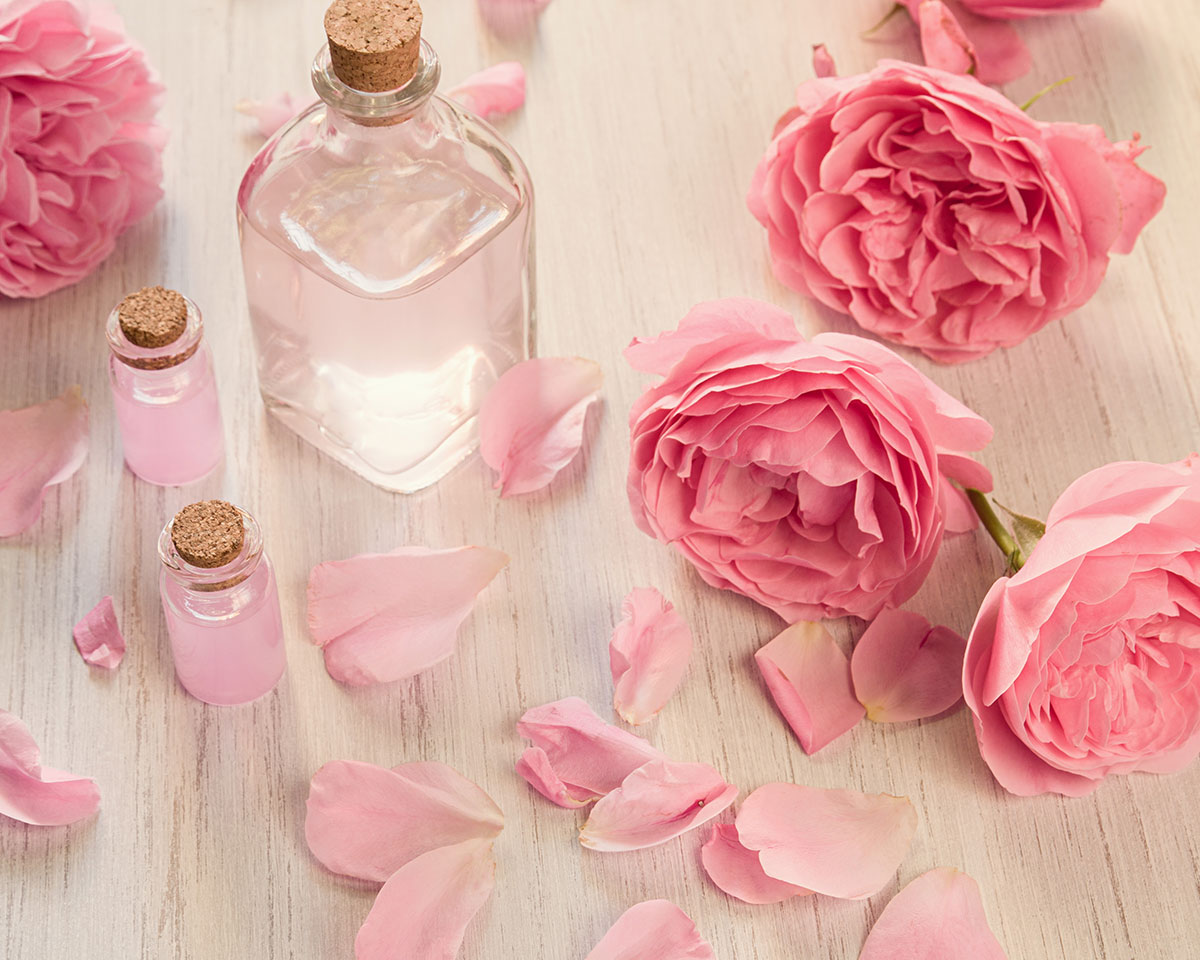
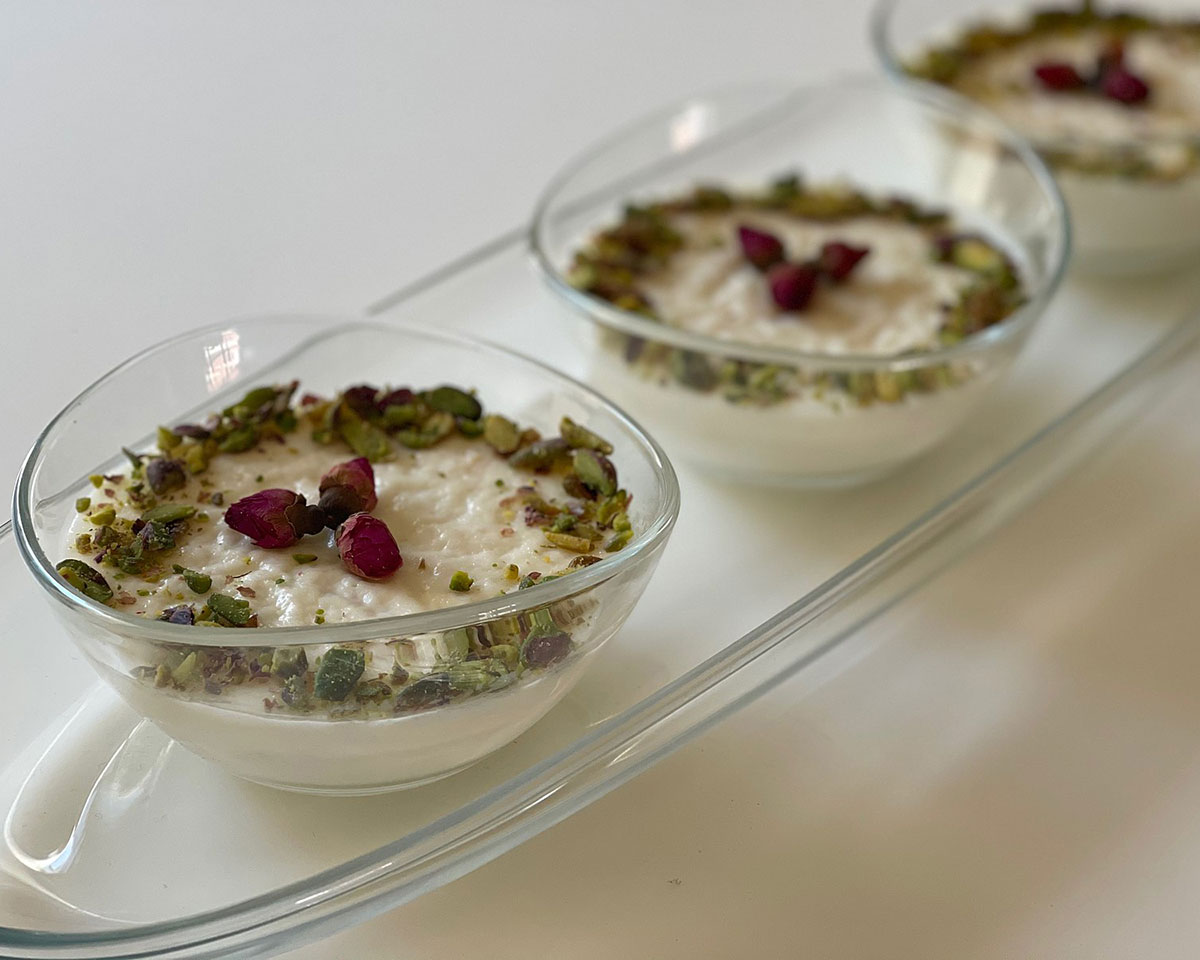
Fiori di Zucca (Italy)
Edible flowers used to be an important part of Italian rural cuisines up until WWII, when urbanisation meant the progressive abandonment of wild flowers and herbs for culinary purposes. However, some of Italy’s traditional recipes, from Naples’ Sciurilli to rose jams in the North, and even the well-known alcoholic drink Sambuca still centre around flowers. A nation-wide favourite is without doubt Fiori di zucca, the Italian for squash blossoms – even though they are usually courgette blossoms. These flowers are enjoyed during spring either deep-fried or oven-cooked.
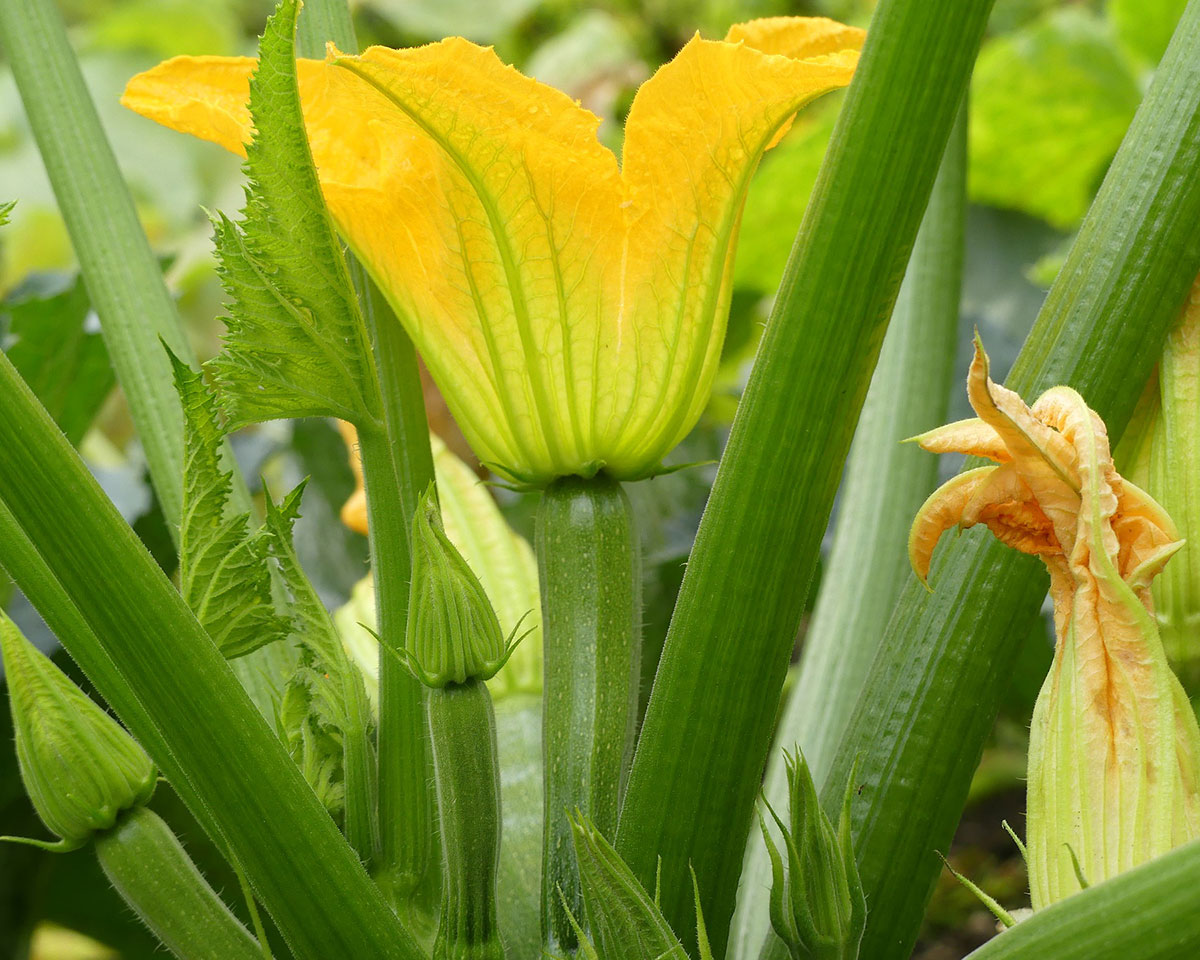
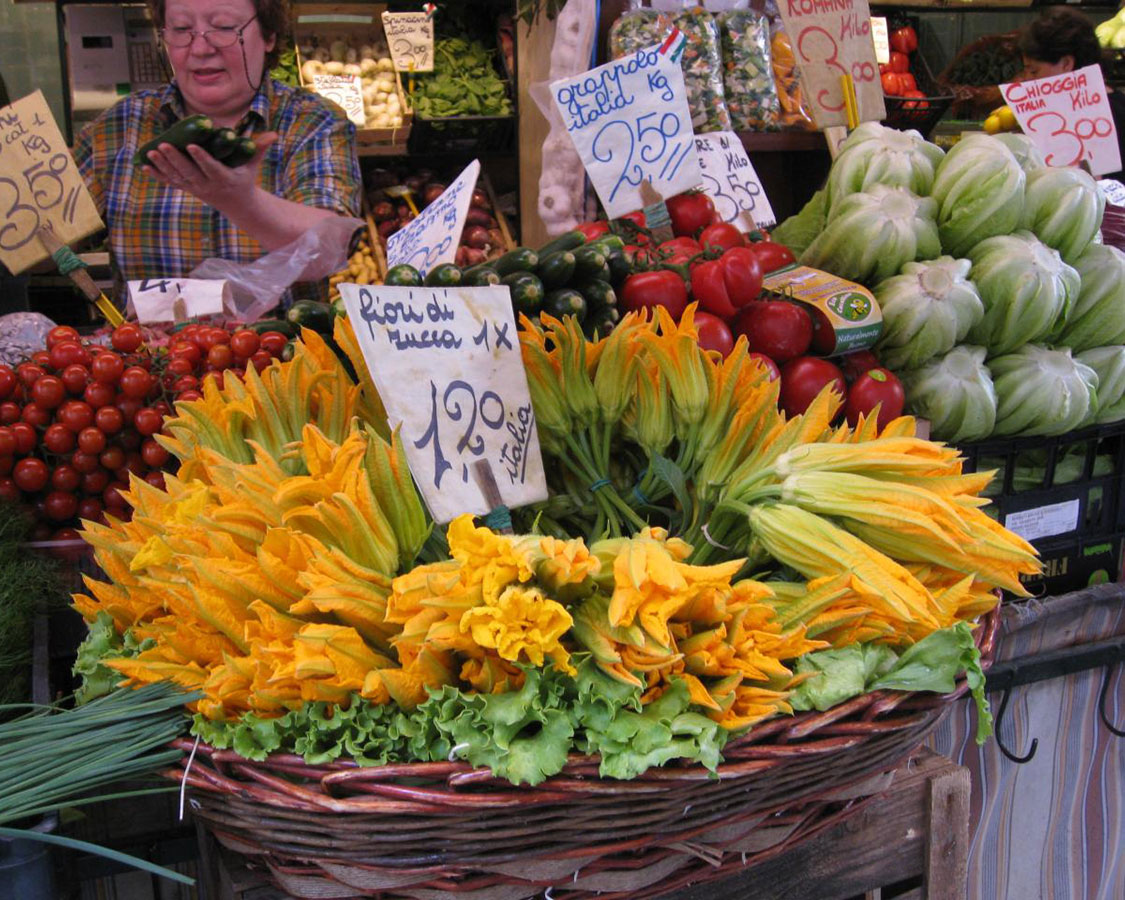
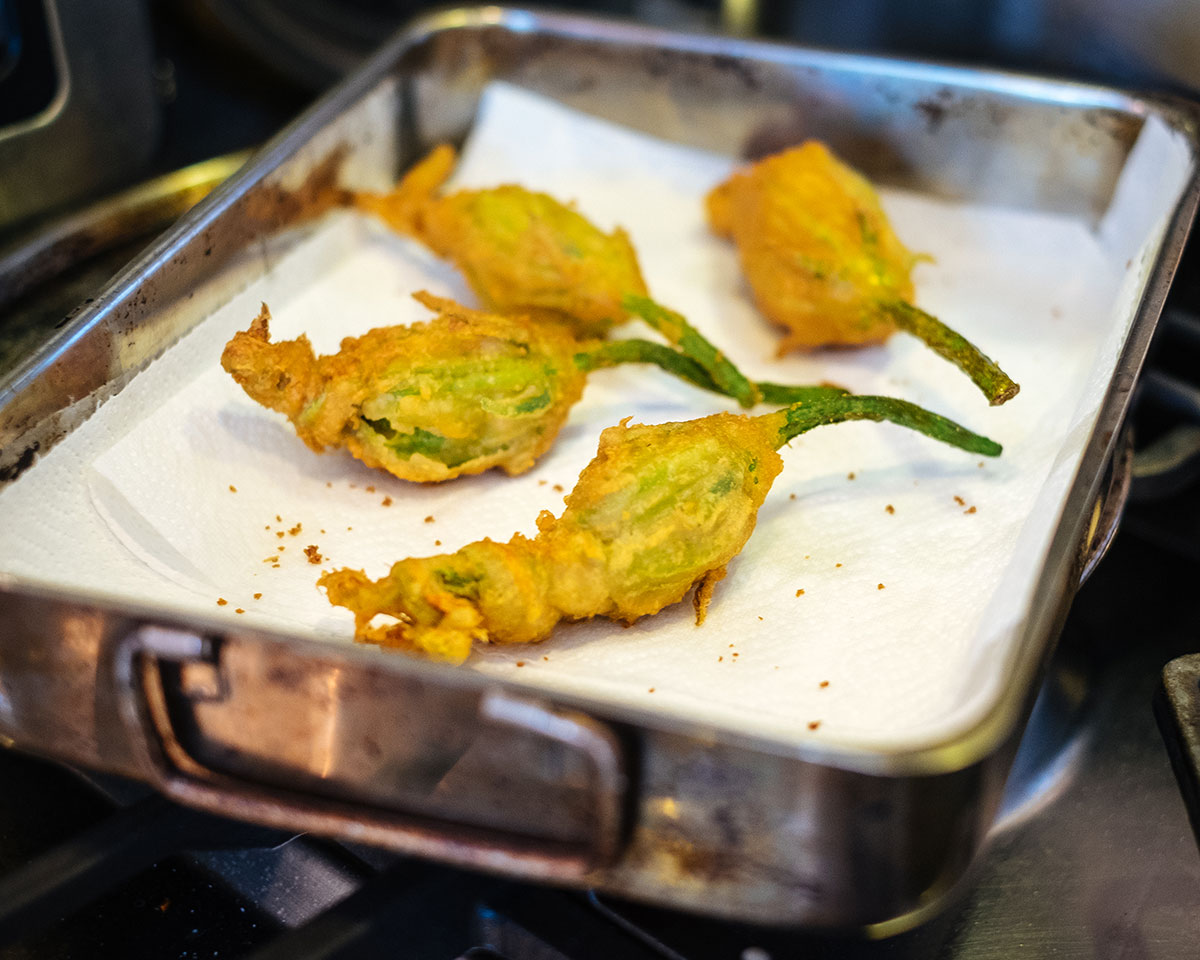
Waterblommetjie bredie (South Africa)
Water flowers, locally known as waterblommetjies, grow in dams and marshes across the Boland region of South Africa. Their consistency is similar to artichokes and they are used to cook a traditional stew – the waterblommetjiebredie – which translates to “small water flower stew”. The stew features, alongside these white pond flowers, mutton meat and potatoes and is a traditional winter meal.
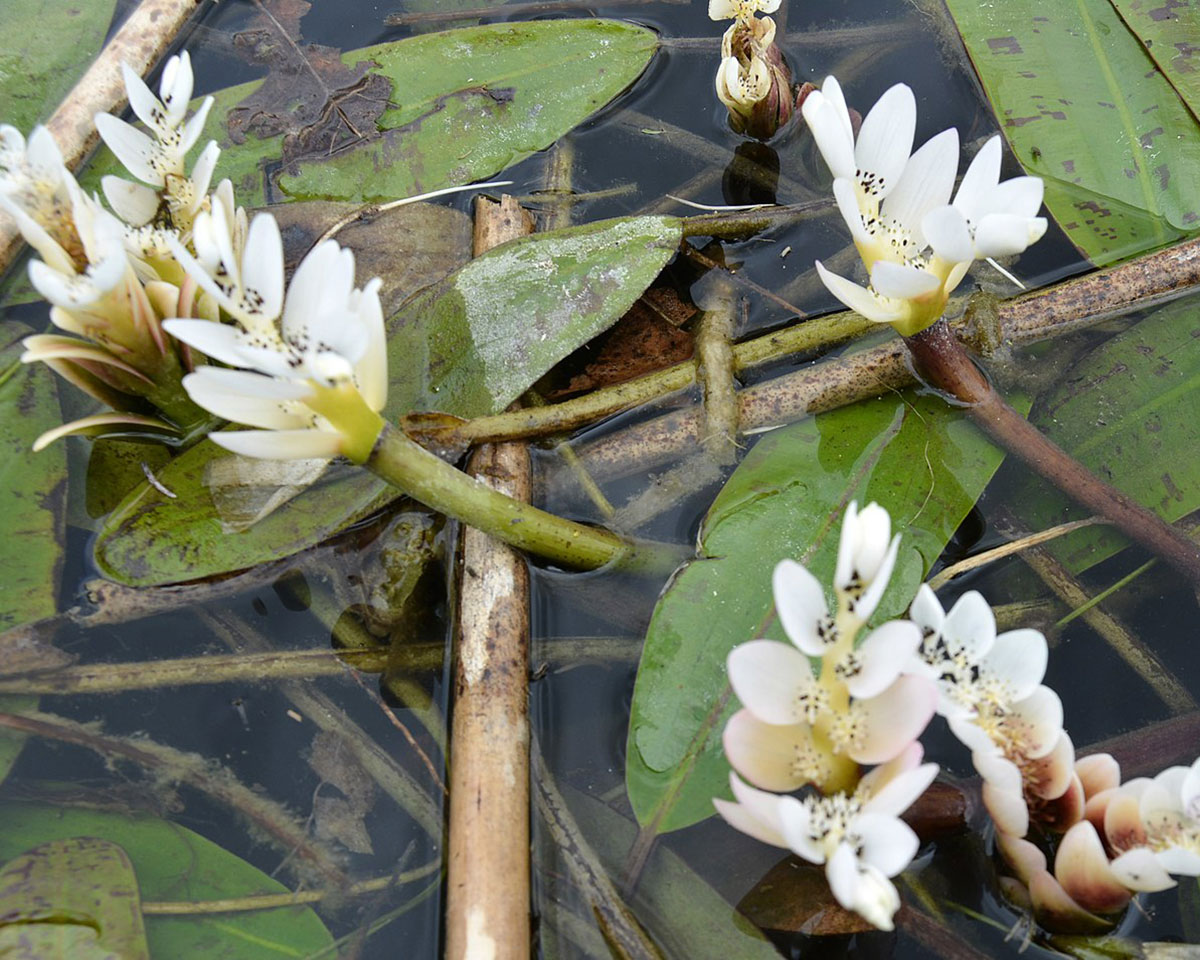
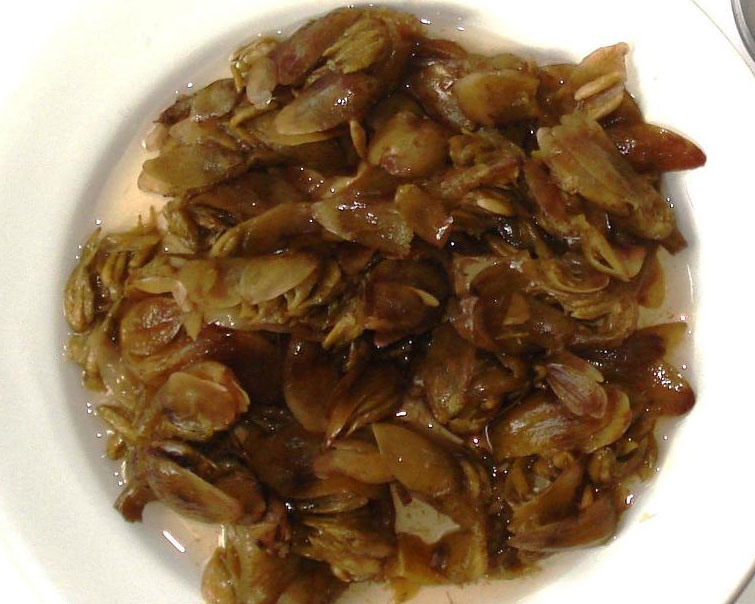
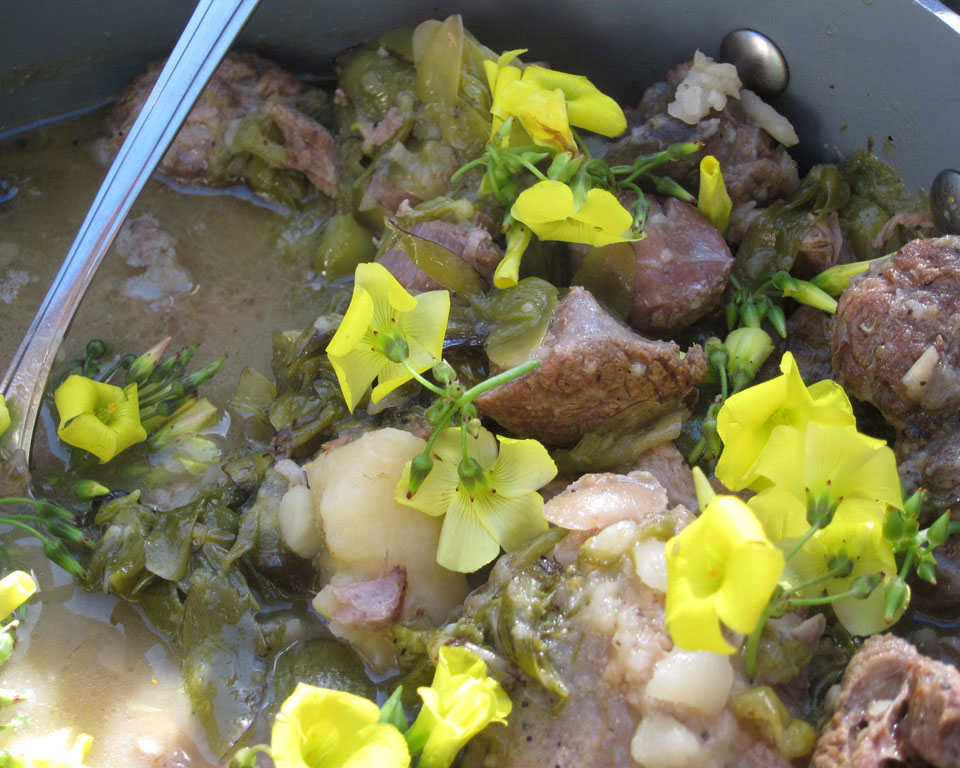
Bissap (West Africa)
Roselle flowers – from the hibiscus genus – are used to make this refreshing, slightly tart drink native to West Africa. Today, it is consumed across different regions in the continent and in Central America and the Caribbeans, too. Hibiscus is naturally loaded with minerals and vitamins such as vitamin C and it’s a great antioxidant. In Senegal, where it became the national drink, people enjoy bissap with most of their meals and the country boasts a great variety of hibiscus-based drinks, which can be prepared using ginger, cayenne or even lemon. In Jamaica, a similar drink is used to make rum punch for Christmas. In Sudan and Egypt, people cheer with karkade, its Arabic variation, during weddings.
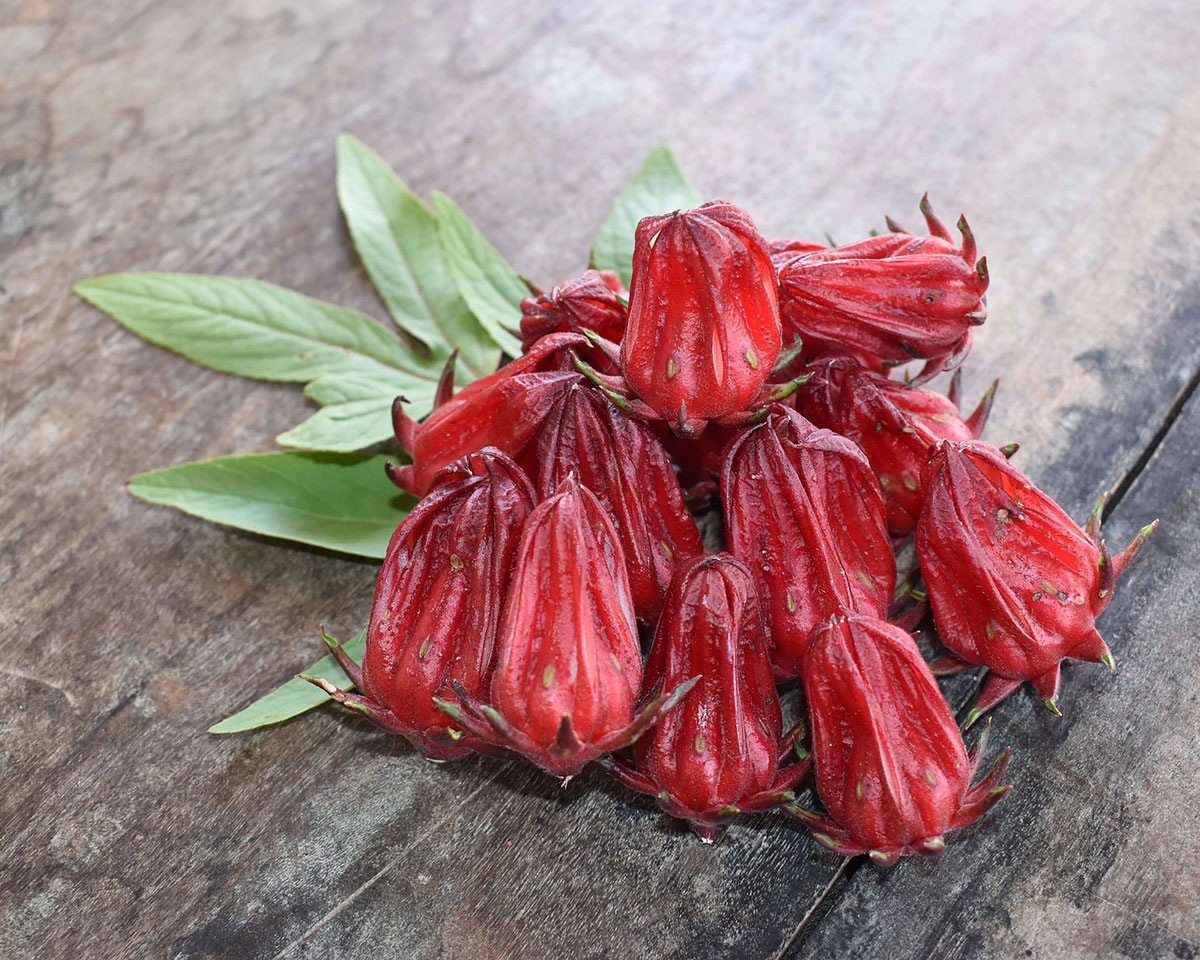
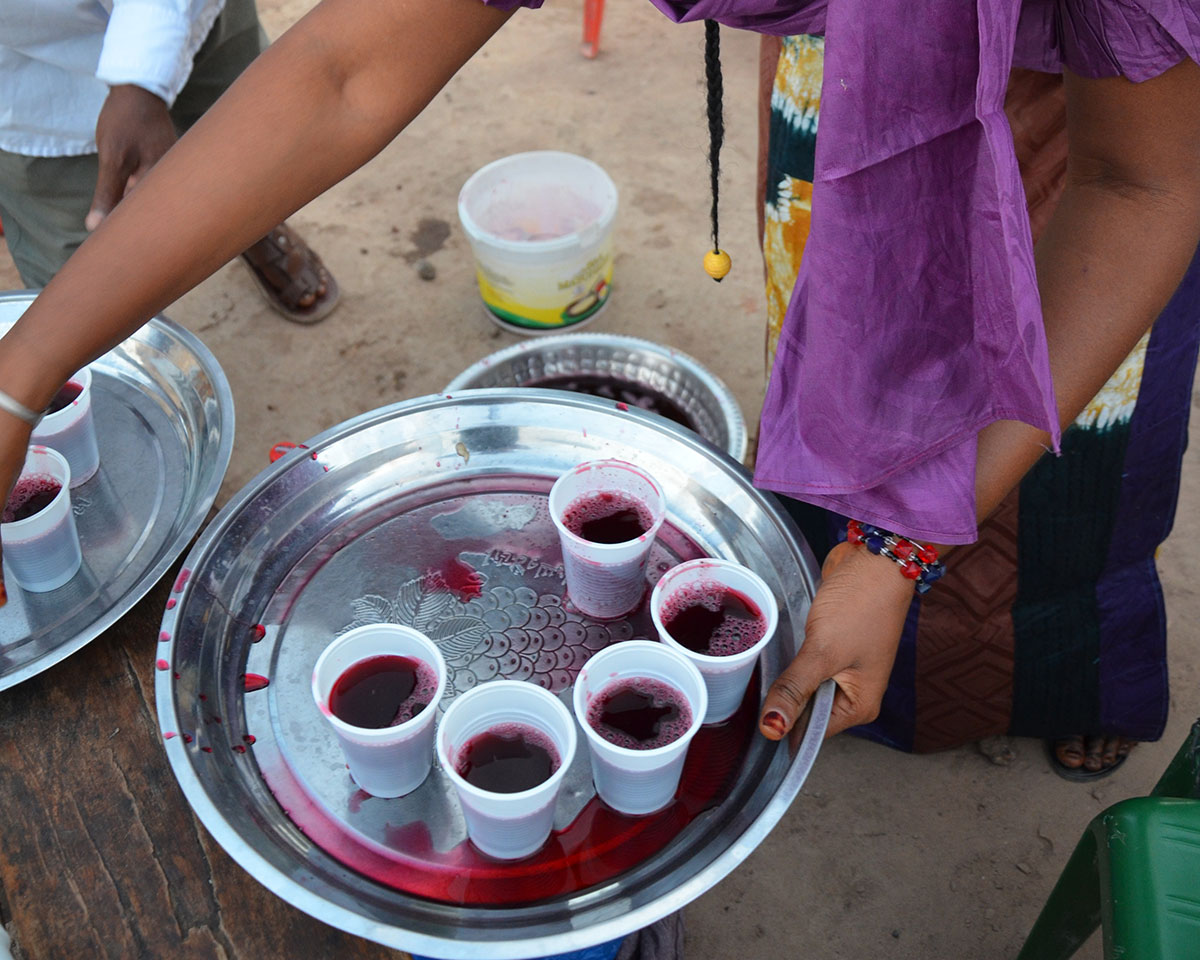
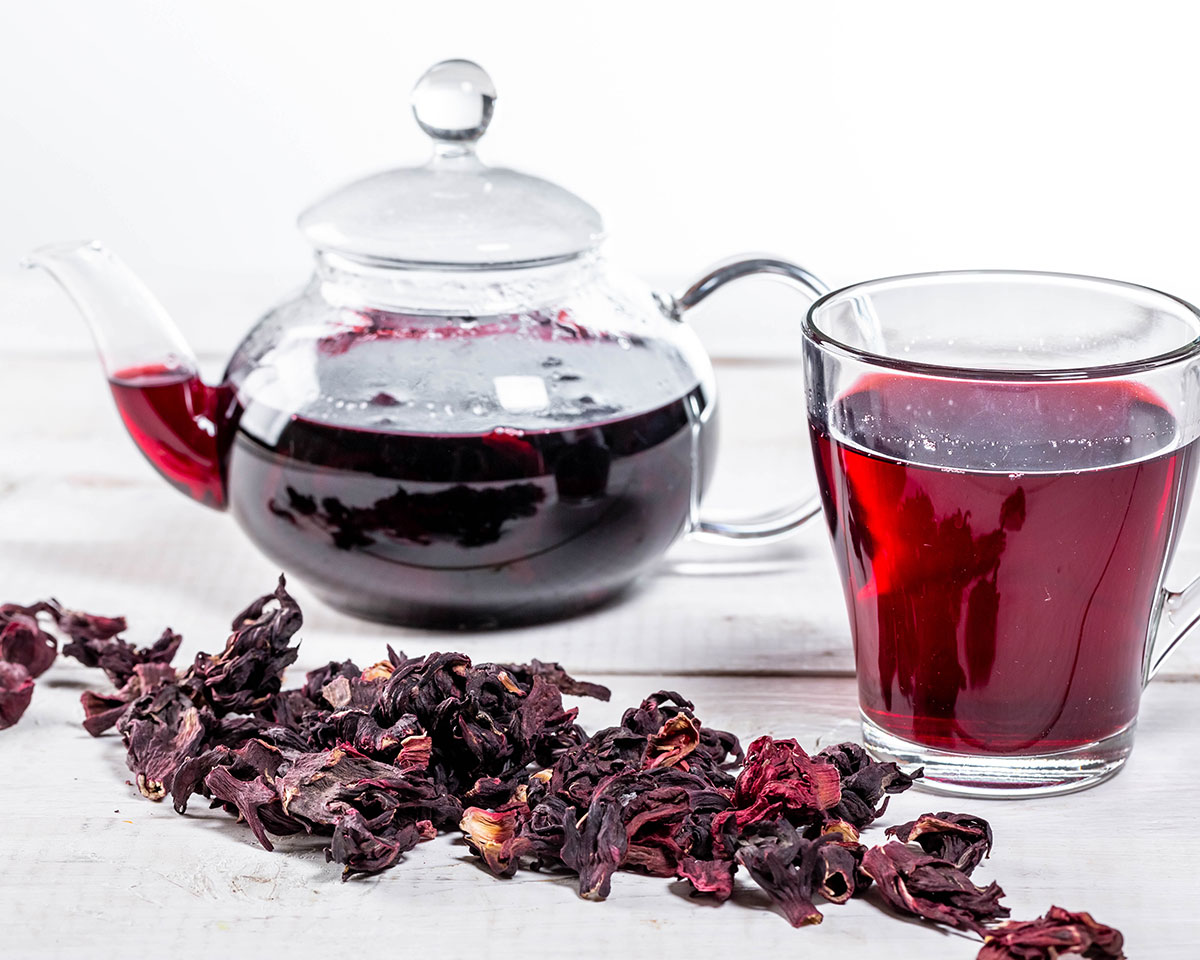
Tacos de Jamaica (Mexico)
In Mexico, the same flower – hibiscus – is called flor de Jamaica or simply Jamaica. Its strong, punchy taste is used to complement the spices and sauces of traditional dishes such as tacos, enchiladas and tostadas. Dried Jamaicas are sold in most Mexican markets and are also used to prepare infused waters for El Dìa de los Muertos. Tacos de Jamaica are a great vegan version of the nation’s favourite street food. The recipe uses rehydrated Jamaicas stir-fried with onions, jalapeños and serrano pepper, all served in a tortilla with shredded cabbage and avocado.
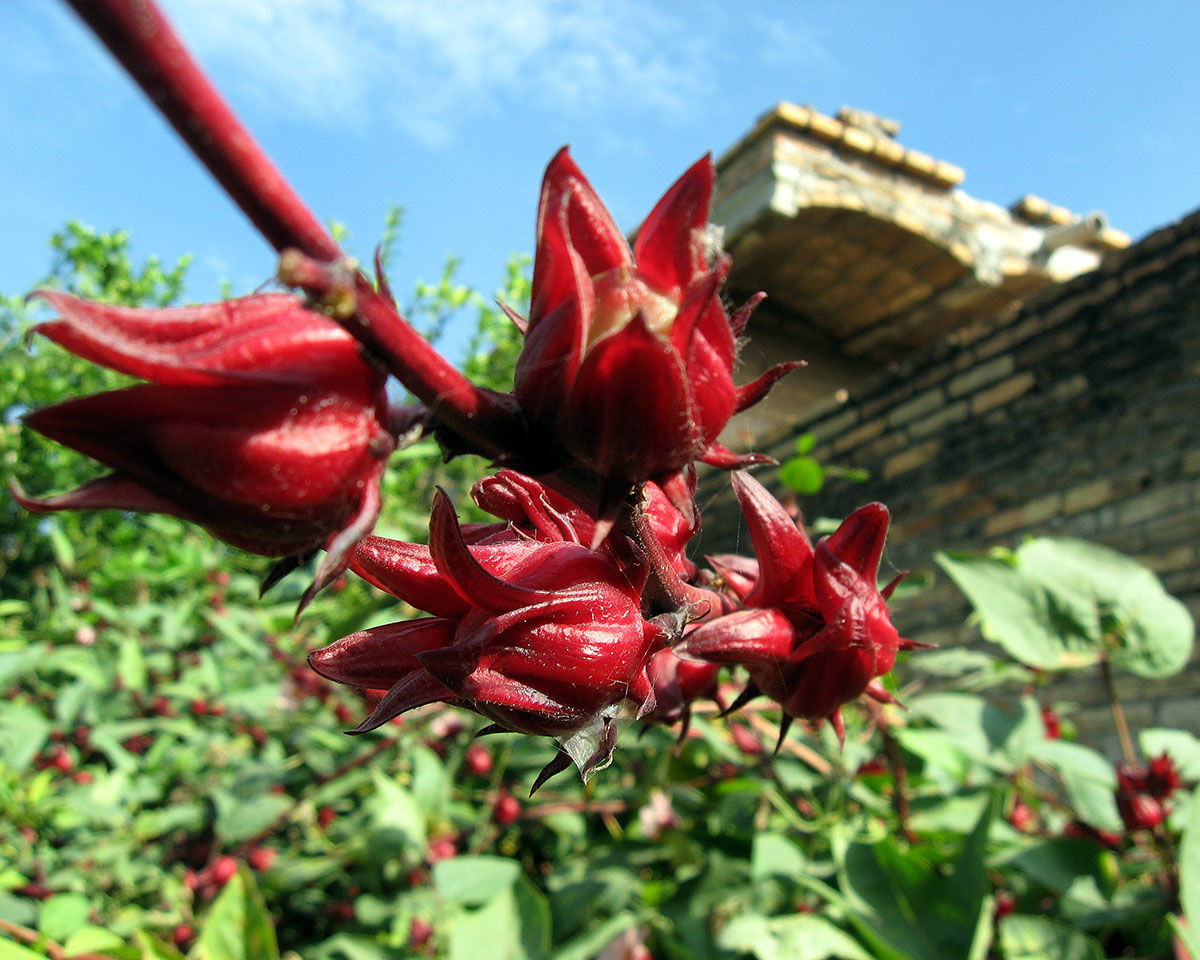
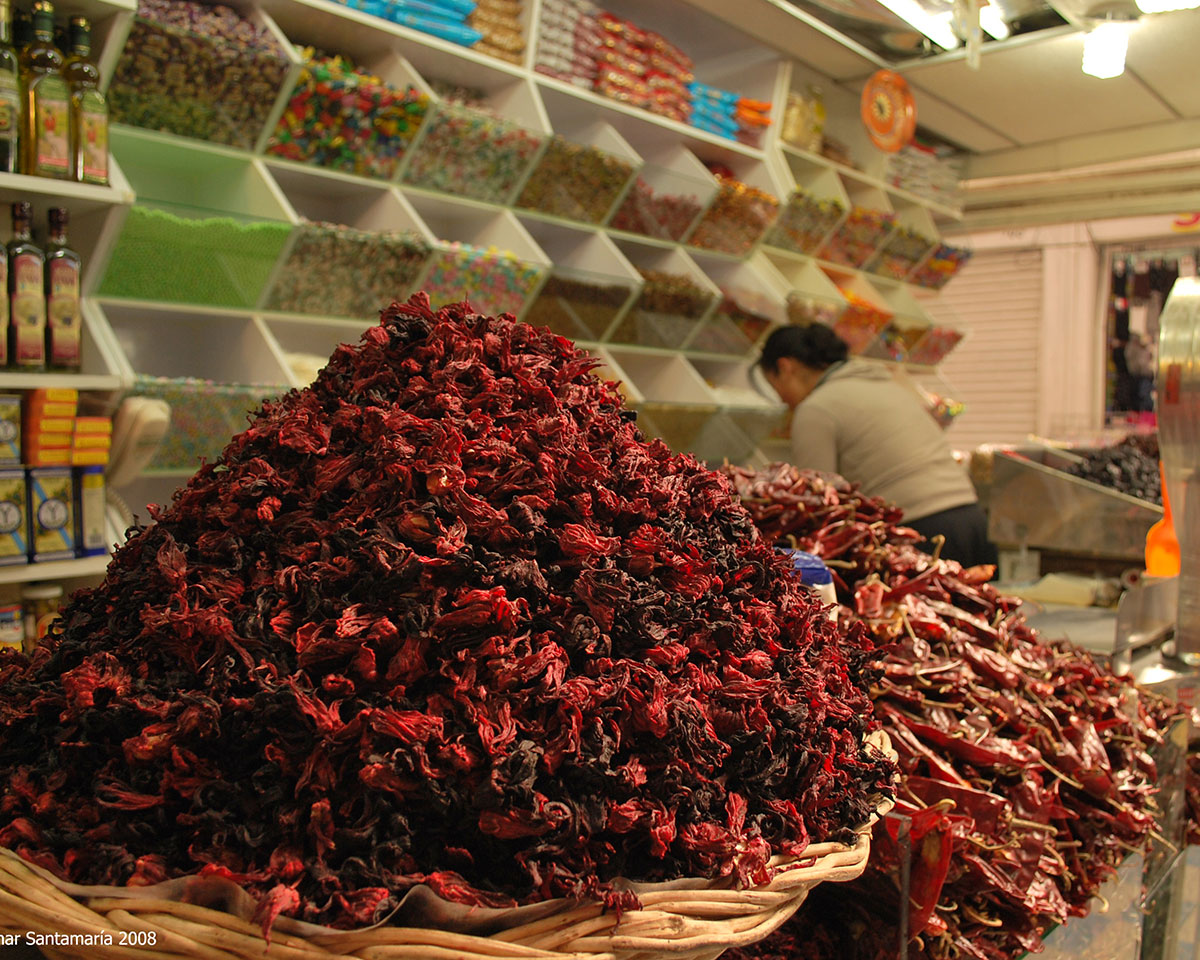
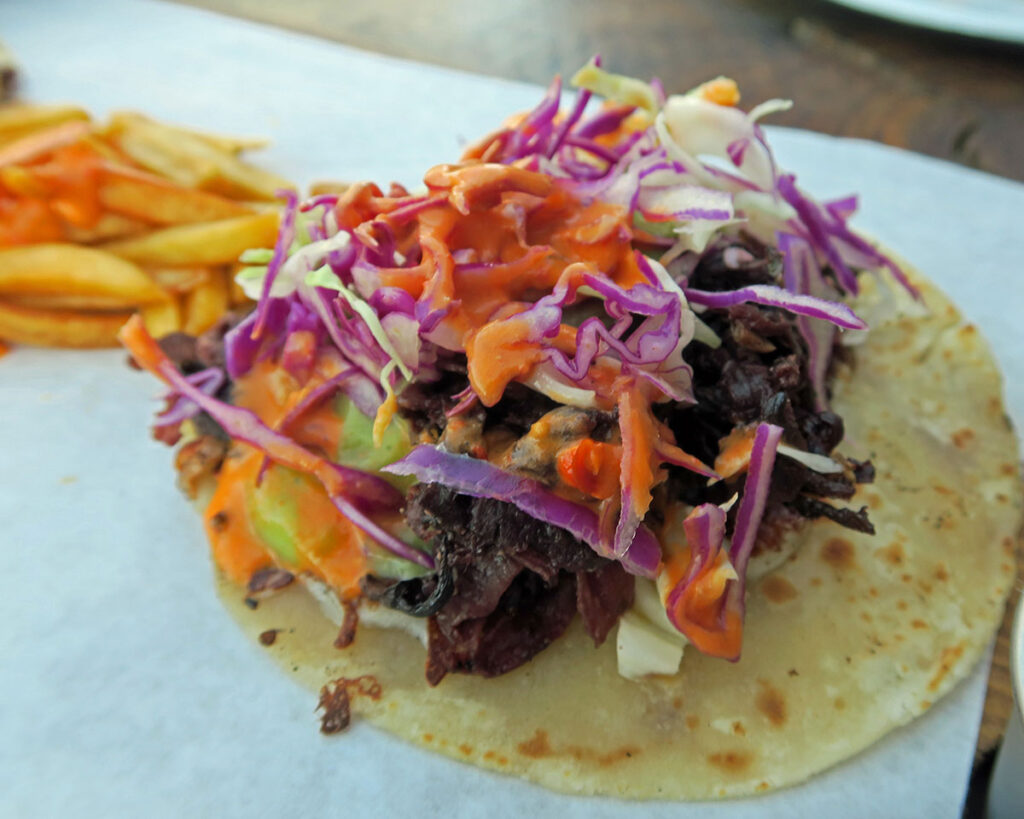
Pacayas con huevo (Central America)
Pacayas is the regional name for date palm flowers, widely consumed across Guatemala, El Salvador and Honduras. Indigenous people from this region have a long tradition of consuming these flowers with eggs to tame their bitterness. A popular version of this pairing is pacayas con huevo (‘pacayas with egg’) and consists of boiled date palm flowers, coated in an egg-based batter and deep fried.

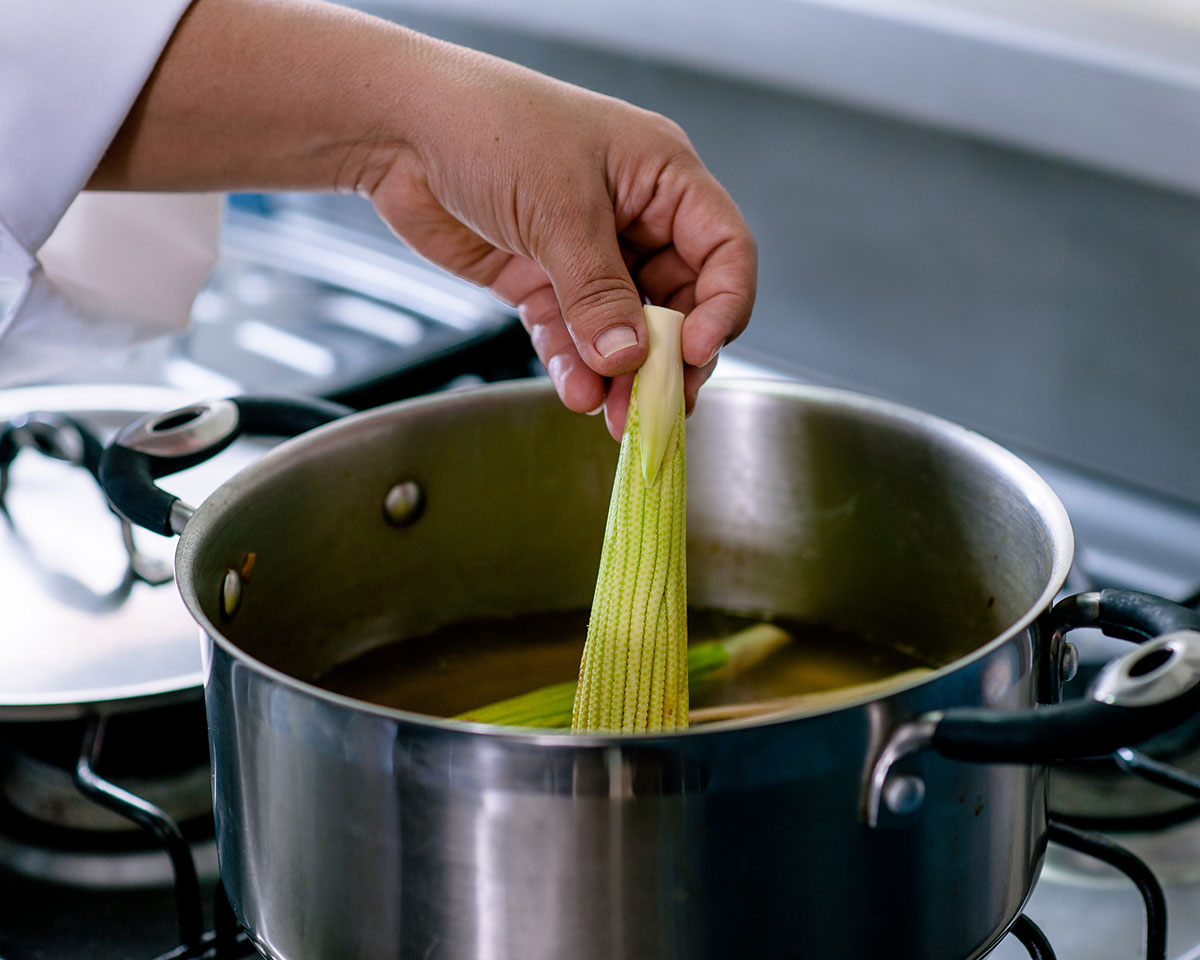
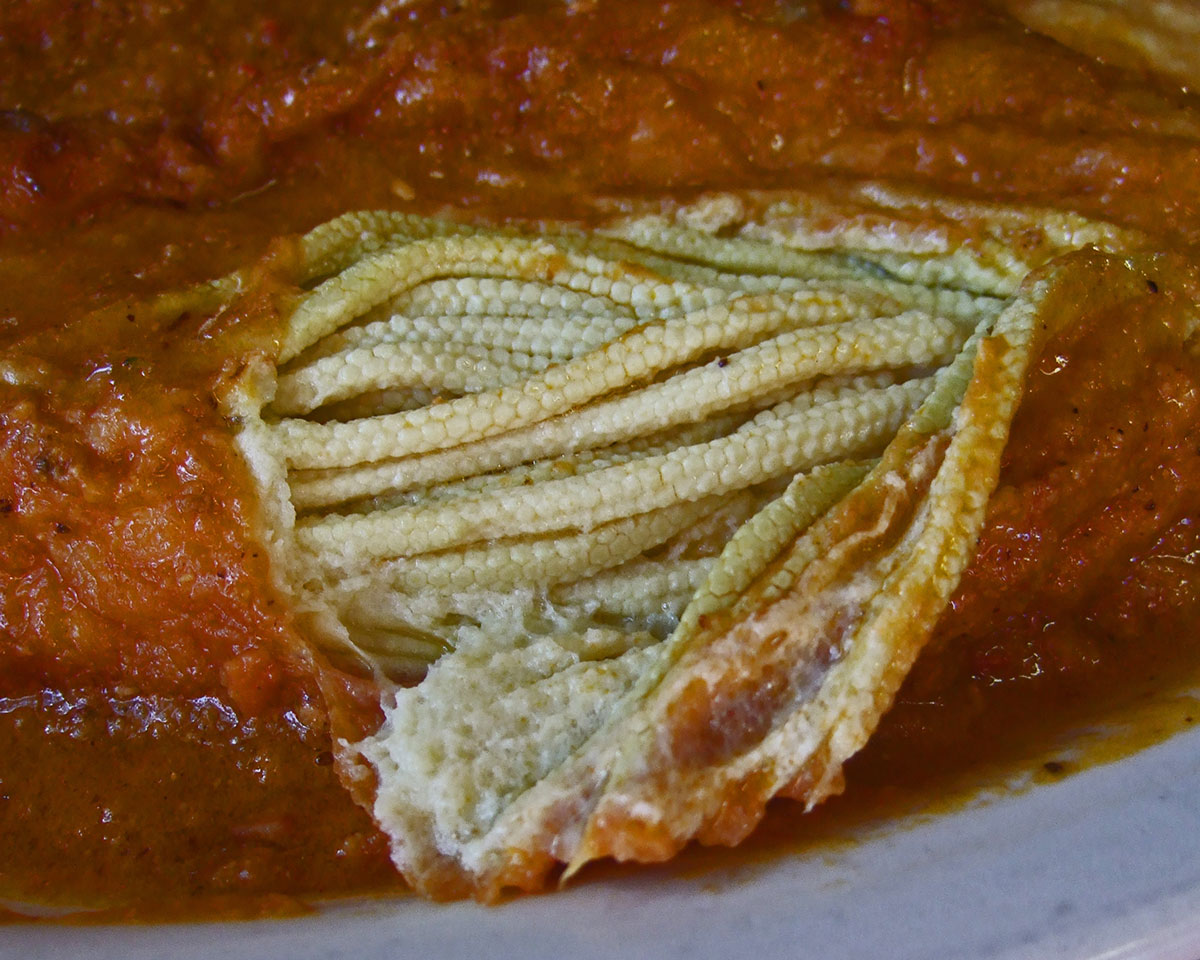
Bunga Telang (Indonesia)
Butterfly pea – known locally as bunga telang – is a popular flower across equatorial Asia. Used in Indonesian traditional medicine to treat the most disparate conditions, from fever to ulcer and hair loss, this flower is either boiled to prepare infused waters and teas or added to rice dishes and sweets as a natural food-colouring. Fun fact? Its scientific name is Clitoria Tarnatae, from ‘clitoris’, because of the flower’s shape.

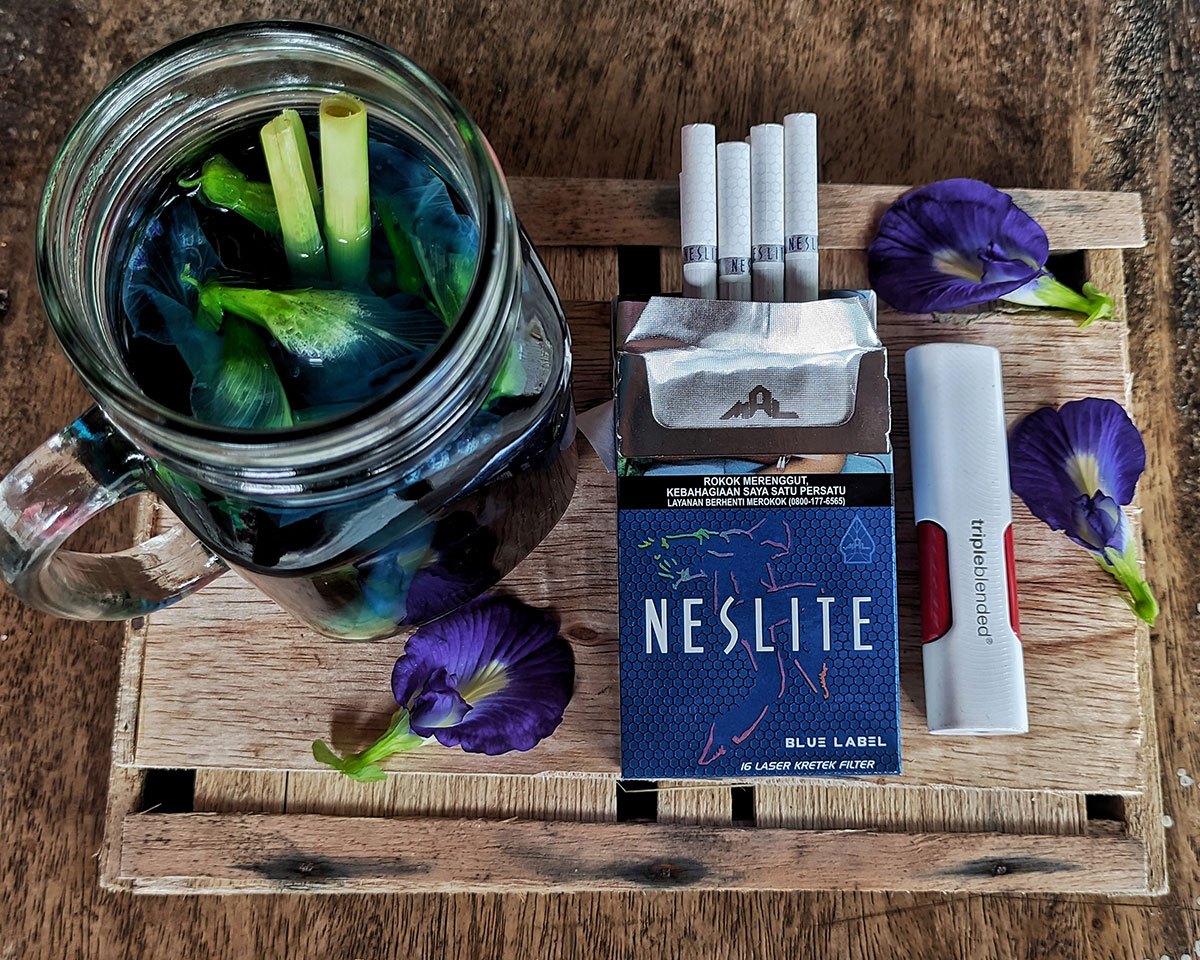
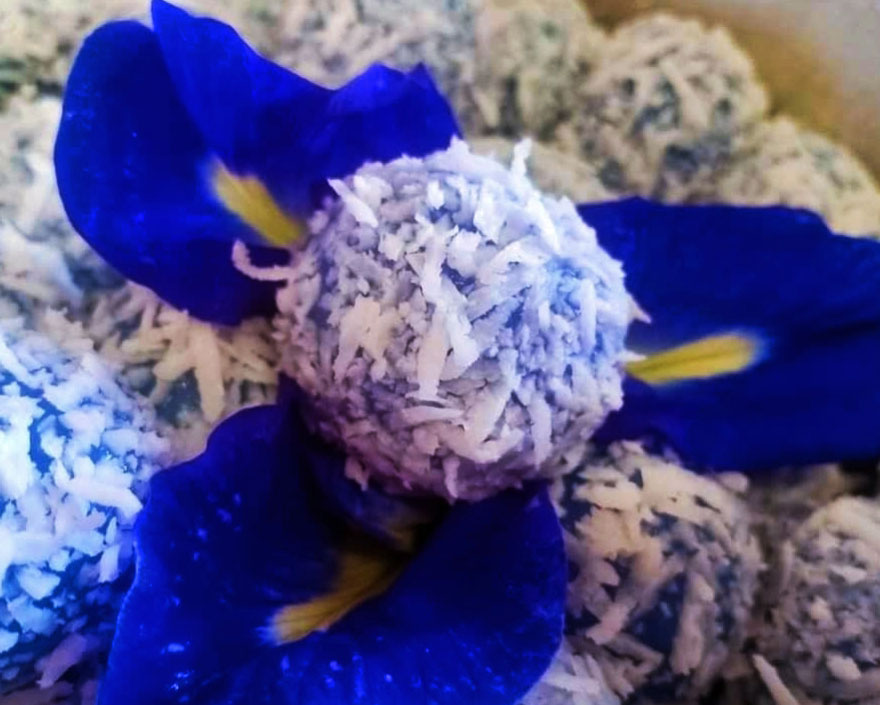
Flowers are not just colourful decorations; they are an important part of culinary traditions across the world. Some use flowers to embellish their dishes; others to get nutrients that can’t be found anywhere else. Some flowers are treated as vegetables – such as artichokes and cauliflower – others as herbs – such as chamomile and lavender. All in all, flowers have all manner of uses when it comes to food. We hope this in exhaustive list has left you curious to experiment with edible flowers.

